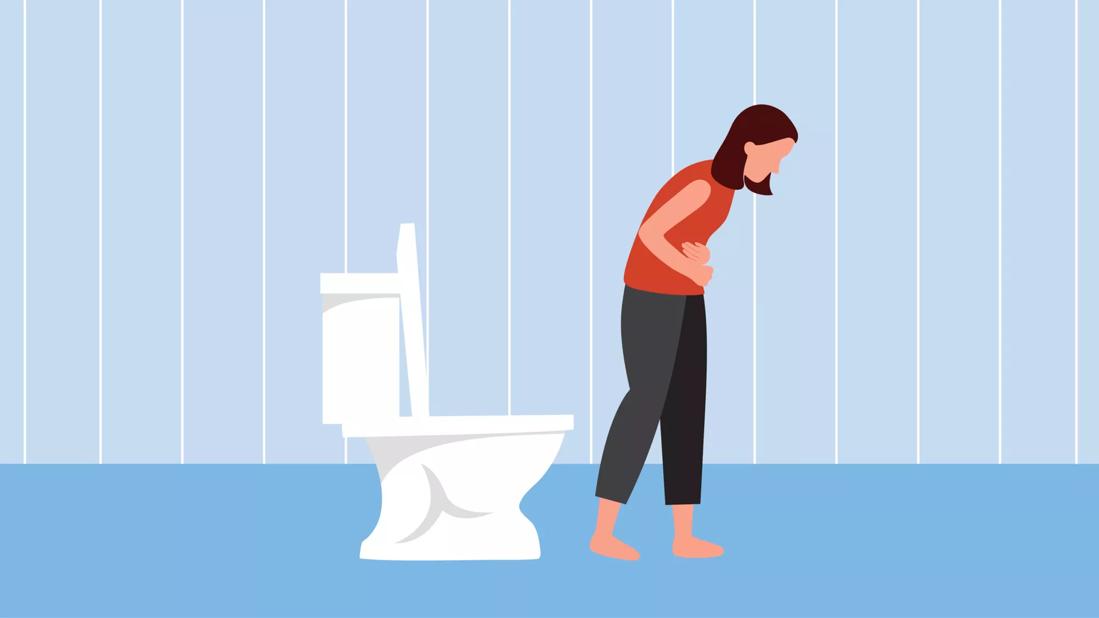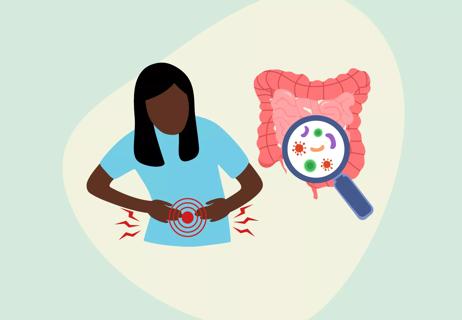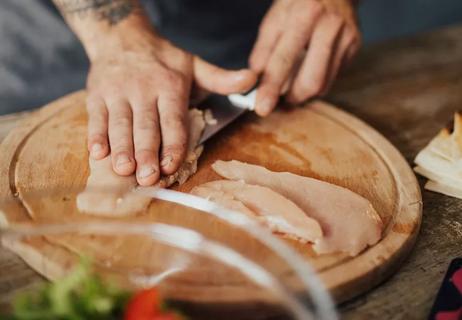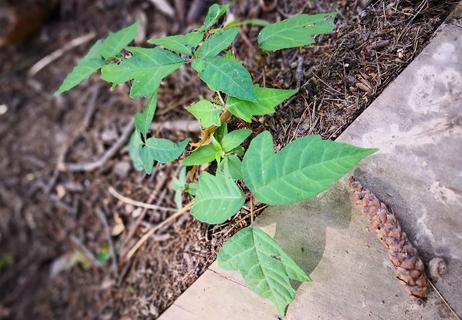Keep cooked rice and pasta in your fridge — not on your counter — to help prevent this sneaky food poisoning

Raw poultry and meat seem to get all the blame when it comes to food poisoning. But there’s a lesser-known digestive infection, commonly called “fried rice syndrome,” that can affect seemingly innocent and extremely common foods like rice.
Advertisement
Cleveland Clinic is a non-profit academic medical center. Advertising on our site helps support our mission. We do not endorse non-Cleveland Clinic products or services. Policy
Although it’s not as common as other types of food poisoning, fried rice syndrome can be serious, so it’s worth learning its causes — and how to avoid it.
Gastroenterologist Christine Lee, MD, shares the facts about fried rice syndrome.
Fried rice syndrome is food poisoning caused by a bacterium known as Bacillus cereus (B. cereus). This microscopic germ likes to live on starchy foods like rice and pasta, but it can set up shop on nearly any food. All this bacterium needs is the right combination of time and improper temperature.
“Like most food poisoning, fried rice syndrome can occur when you don’t cook or store food at the right temperatures,” says Dr. Lee. “People call it ‘fried rice syndrome’ because the process of cooking rice, leaving it out and then reheating it creates a perfect environment for this germ.”
There’s another reason B. cereus likes to latch onto rice: Its size.
“Rice is a bunch of tiny pieces, so it has more surface area than something like a steak,” says Dr. Lee. “More surface area means more places for germs to hide.”
But it’s not just rice that you have to watch out for. B. cereus can also affect pasta, meats and cooked vegetables.
Fried rice syndrome is sneakier than other types of food poisoning because it uses spores — or tiny cells — to make you sick. These spores can survive higher temperatures, including your microwave or a quick fry on the stovetop.
Advertisement
“B. cereus spores can be anywhere,” explains Dr. Lee. “The spores are usually harmless in small numbers. But when in the right environment, they can multiply — and that’s when they can cause sickness.”
Say you cook some pasta to make a pasta salad. Or you cook some rice with the intention of making fried rice later. You leave the cooked food out on the counter for a few hours. Under the right conditions, the small group of spores can turn into a large gathering. And in those higher numbers, the spores will release enough toxins to make you sick.
Like other types of food poisoning, symptoms of fried rice syndrome include:
It can be hard to tell food poisoning and the “stomach flu” apart. Both illnesses can cause gastroenteritis (inflammation of your digestive tract). If you get sick within a few hours of eating potentially spoiled food, that’s your likely culprit.
Fried rice syndrome and other types of food poisoning also tend to run their course faster than the stomach flu. Most people will feel awful for a day or two with fried rice syndrome, but a stomach virus can last several days longer.
That doesn’t mean you should suffer through this illness if you’re seriously sick.
“If you have a weakened immune system or another health condition, food poisoning could become dangerous,” warns Dr. Lee.
Seek medical attention if you have severe symptoms or you experience:
If you’ve eaten some bad rice or pasta, you may be able to recover at home if you:
Should you give up your fried rice or leftover fettuccine alfredo for good? That’s not necessary. Just follow safe food handling and storage steps:
Advertisement
It can be hard to watch that delicious pasta salad or leftover rice get thrown in the garbage. But as with all types of food poisoning, an ounce of prevention is worth far more than a pound of cure.
“When you think about how sick you could be if you eat something that’s gone bad, it’s not worth the risk,” states Dr. Lee.
Advertisement
Learn more about our editorial process.
Advertisement

Rinsing raw chicken raises the risk of spreading harmful bacteria and causing foodborne illness

Mushroom poisoning is real — and it can cause liver failure

Food poisoning typically passes within 12 to 48 hours, with symptoms including diarrhea, nausea, stomach pain and vomiting

Cleanliness and food preparation precautions are the best defense against infection

Learn about the symptoms and find out how to protect yourself and your family

Children should be screened for lead poisoning starting at ages 1 and 2

A dermatologist’s advice for finding some relief for that itchy rash

How to protect yourself from food poisoning

Babies can get congested easily, but you can calm their cough by keeping them hydrated, using nasal drops and running a humidifier

Weight loss may cause loose, sagging skin and muscle loss to your rear

Several conditions, like vitiligo and fungal infection, can cause a loss of pigmentation, leading to white spots or patches on your skin